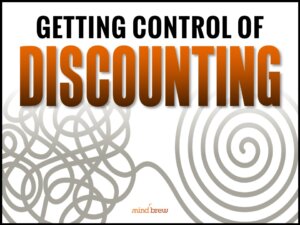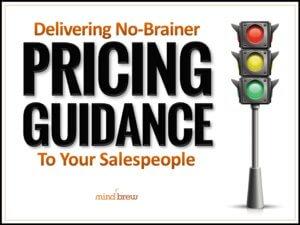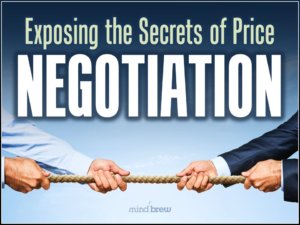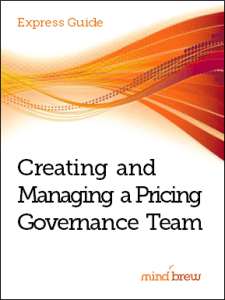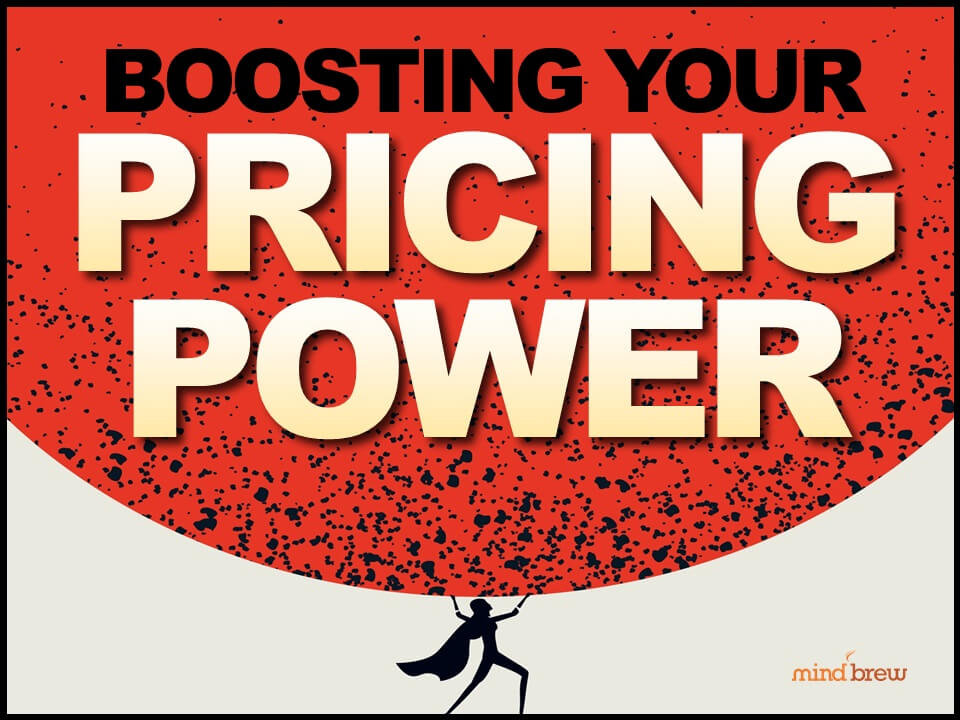Let me start by asserting that PricingBrew Journal subscribers are the most thoughtful and astute pricing practitioners on the planet. I have my personal biases, of course. And I also recognize the inherent selection biases governing the types of pricing leaders and practitioners that would subscribe to a best practices Journal like ours in the first place.
All that being stipulated, however, I’ll offer as supporting evidence the brilliant questions our subscribers tend to ask in our live training sessions and through our site’s Help Desk and Ask the Author features. I present to you Exhibit A:
“Why would the sales team need negotiation skills if AI and predictive analytics are being used to produce optimized prices specific to each quote? If the prices are optimal to begin with, why would any further negotiation or discretion even be allowed?”
This question is so very thoughtful. I can’t help smiling every time I read it. This subscriber has clearly put some thought into two best practices we talk about all the time in the Journal—tech-enabled price optimization and negotiation skills development. In doing so, they’ve identified an apparent conflict where the two concepts intersect. And then, instead of just shrugging it off, they took the step of asking about it!
To this subscriber, I say well done and good on you, my friend. If I wore a hat, I would tip it!
So how did we answer this fantastic question? Why would negotiation still be allowed with AI-optimized prices? If prices are optimized and deal specific, why would sales reps still be permitted some degree of discretion in the field?
Well, we first have to get real about optimized prices…
It’s true that AI and predictive analytics models can generate price-points that are far more accurate, specific, and timely than manual or even rules-based approaches to price-setting. And these optimization models can do a much better job of predicting responses and balancing tradeoffs so that the resulting prices will satisfy multiple constraints or achieve multiple objectives at the same time.
That said, optimized prices are based on probabilities and patterns, not certainties. And for the time being at least, there’s no price optimization model so sophisticated that it can account for every micro-market dynamic and every nuance of human behavior, in real time. So while optimized prices provide the best possible starting point, skilled negotiators can still provide further refinement and alignment to the unique conditions and dynamics surrounding any particular deal.
Next, we have to get real about business-to-business environments…
In a lot of B2B markets, commercial buyers simply expect to be able to negotiate what they perceive to be bespoke or non-standard purchases and “take it or leave it” pricing isn’t yet a broadly-accepted practice. And while going against buyer expectations and industry norms is certainly possible, it would be an arduous uphill battle for even the most dominant suppliers.
Beyond that, we cannot ignore or minimize the involvement of salespeople in commercial transactions.
Unlike their counterparts in consumer or retail sales, most B2B salespeople have grown accustomed to having at least some degree of pricing or discounting authority. For many, having this power is actually part of their identity as a salesperson and they view negotiating final deal prices as being a primary job responsibility.
As such, it’s unlikely this power can be stripped away without a huge internal battle that creates a lot of conflict, resentment, and resistance.
When one takes all of these factors and dynamics into consideration—the realities of optimized prices, the norms and expectations in the market, the organizational and interpersonal issues—it’s much easier to see how and why tech-enabled price optimization and negotiation skills development would be complementary best practices in a B2B environment, rather than being at odds.
In fact, these practices are more than just complementary. From our vantage point, the combination of the two actually represents one of the best possible solutions for significantly improving price realization, while at the same time, minimizing organizational resistance and upheaval.

